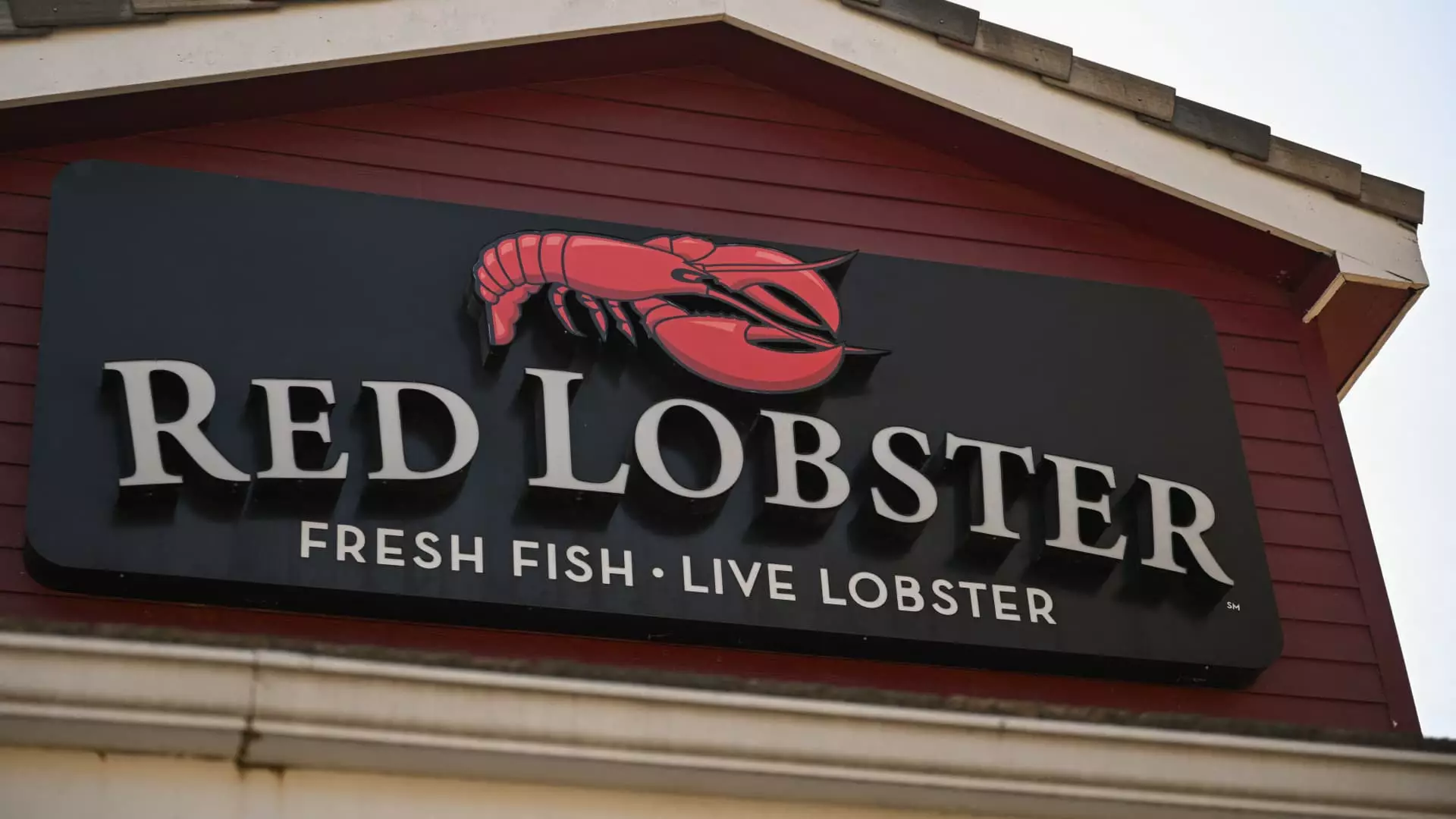The year 2024 has seen a surge in restaurant bankruptcies, reflecting the broader increase in corporate bankruptcies across various sectors. While the world continues to grapple with the aftermath of the COVID-19 pandemic, the restaurant industry has faced significant challenges. Diners have been more cautious with their spending, labor costs have continued to rise, and the government assistance that sustained many eateries during the pandemic has disappeared. These factors, coupled with high-interest rates, have put immense pressure on restaurant chains, leading to a wave of bankruptcies.
Several well-known restaurant chains have succumbed to financial distress in 2024. Buca di Beppo, a popular Italian American chain, filed for bankruptcy on August 5th. The company, which now intends to restructure, cited escalating costs and labor challenges as key factors contributing to its financial woes. Similarly, Rubio’s Restaurants, famous for its fish tacos, filed for Chapter 11 bankruptcy protection in June. Rising food and utility costs, along with minimum wage hikes in California, where it operates, proved to be significant obstacles for the company.
Craft beer chains have also not been immune to the financial challenges affecting the restaurant industry. World of Beer, a tavern chain, sought bankruptcy protection in August, attributing its financial troubles to high-interest rates, inflation, and the slow return of pre-pandemic dining habits. Founded during the craft beer boom in 2007, World of Beer has faced a decline in sales as consumer preferences have shifted over the years. Similarly, the Cleveland-based grilled cheese chain, which also offered craft beer, found itself in dire straits and resorted to Chapter 11 bankruptcy to salvage its business.
Some restaurants known for their unique brand offerings have also faced financial challenges leading to bankruptcy filings. Kuma Holdings, the parent company of Kuma’s Corner, a midwestern burger chain with a metal and punk-themed menu, filed for bankruptcy protection in June. Despite its distinct offerings, the company found itself unable to navigate the difficult economic climate. Red Lobster, a seafood giant, also filed for bankruptcy in May, citing various strategic missteps and increased competition. A lease-back agreement, made under a previous owner, further exacerbated Red Lobster’s financial woes.
The landscape of the restaurant industry continues to evolve as consumer demands and preferences shift. Tijuana Flats, a fast-casual Tex-Mex chain, underwent restructuring following a Chapter 11 bankruptcy filing in April. The closure of 11 locations was part of the company’s efforts to adapt to changing market dynamics. Sticky’s Finger Joint, a chicken tender chain, declared bankruptcy in April due to rising commodity costs and legal expenses from a trademark dispute. Despite annual sales of $22 million in 2023, the company was unable to sustain its operations.
The wave of restaurant bankruptcies in 2024 serves as a stark reminder of the challenges facing the industry post-pandemic. As economic conditions remain unpredictable and consumer behaviors continue to evolve, restaurant chains must innovate and adapt to survive. While some companies have been able to restructure and emerge from bankruptcy, others have not been as fortunate. The road ahead remains challenging for the restaurant industry, requiring resilience, creativity, and strategic planning to navigate the uncertain terrain.

